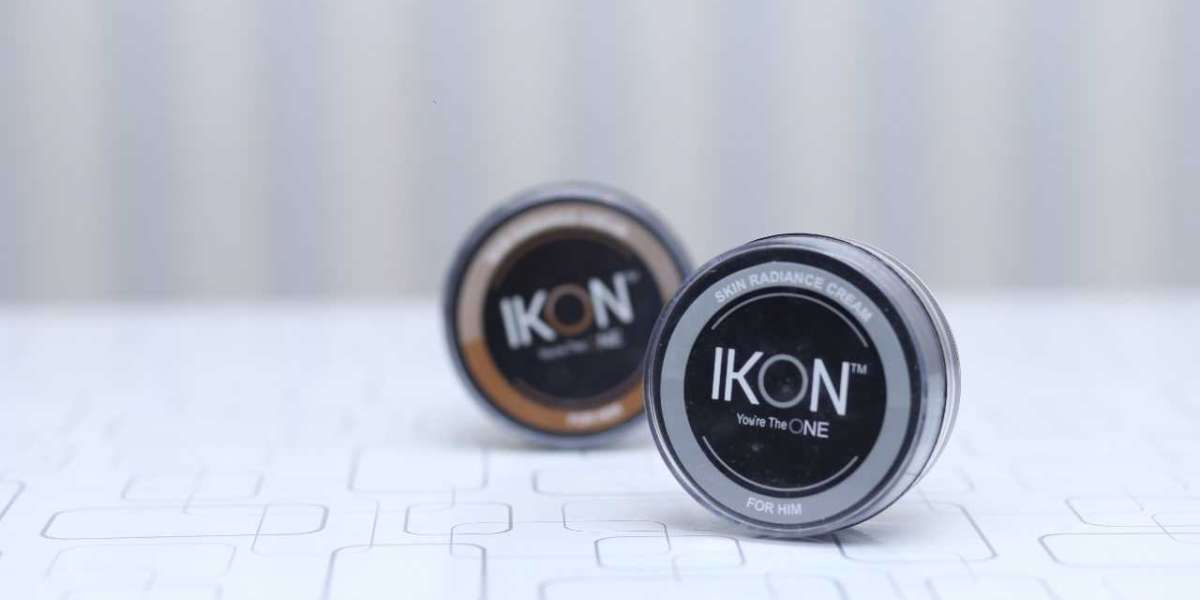Introduction
In recent years, the demand for energy-efficient and sustainable building materials has surged, leading to the increased popularity of UPVC (Unplasticized Polyvinyl Chloride) windows. These windows are widely recognized for their durability, low maintenance, and thermal efficiency, making them a preferred choice for both residential and commercial properties. This report aims to provide an in-depth analysis of UPVC windows, exploring their benefits, applications, manufacturing processes, and future trends.
What are UPVC Windows?
UPVC windows are made from a type of plastic that does not contain any plasticizers, giving them a rigid structure. Unlike regular PVC, which is often flexible and used for various applications, UPVC is designed specifically for building and construction purposes. The material is resistant to environmental factors such as moisture, UV radiation, and extreme temperatures, making it ideal for window frames.

Benefits of UPVC Windows
- Energy Efficiency: One of the primary advantages of UPVC windows is their exceptional thermal insulation properties. UPVC frames can significantly reduce heat loss in winter and keep interiors cooler during summer. The incorporation of double or triple glazing further enhances their energy efficiency, leading to lower heating and cooling costs.
- Durability: UPVC windows are highly resistant to corrosion, rust, and decay. Unlike wooden frames, they do not warp or crack over time, ensuring a longer lifespan. This durability translates into lower replacement costs and less frequent maintenance.
- Low Maintenance: UPVC windows require minimal upkeep. Unlike wood, which needs regular painting and treatment against pests, UPVC frames can be easily cleaned with soap and water. They do not require any special coatings or treatments, making them a cost-effective choice in the long run.
- Sound Insulation: The density of UPVC materials provides excellent sound insulation, making them ideal for homes located in noisy environments. This feature enhances the comfort level within the home, providing a quieter living space.
- Aesthetic Versatility: UPVC windows are available in a wide range of styles, colors, and finishes. Homeowners can choose from various designs that complement their architectural style, including casement, sliding, and tilt-and-turn windows. Additionally, UPVC can be manufactured to mimic the appearance of wood, providing aesthetic appeal without the associated maintenance.
- Environmental Impact: UPVC is a recyclable material, and many manufacturers have adopted sustainable practices in their production processes. By choosing UPVC windows, consumers can contribute to reducing their carbon footprint while benefiting from a long-lasting product.
Applications of UPVC Windows
UPVC windows are versatile and can be utilized in various settings, including:
- Residential Buildings: Homeowners often choose UPVC windows for their energy efficiency and aesthetic appeal. They are suitable for new constructions as well as retrofitting in older homes.
- Commercial Properties: Many businesses opt for UPVC windows due to their durability and low maintenance requirements. They are commonly used in office buildings, schools, and hospitals.
- Public Infrastructure: UPVC windows are increasingly used in public buildings, such as libraries and community centers, https://www.hertford.gov.uk/events-listings/hertford-food-and-drink-festival-3/ where energy efficiency and noise reduction are essential.
Manufacturing Process of UPVC Windows
The manufacturing process of UPVC windows involves several stages:
- Extrusion: The first step in producing UPVC profiles involves the extrusion of raw materials. PVC resin is mixed with stabilizers, lubricants, and other additives to create a compound that is then heated and forced through a die to form the desired shape of the window frame.
- Cutting and Fabrication: Once the profiles are extruded, they are cut to the required lengths. The cutting process is precise to ensure that the frames fit together seamlessly. Additional fabrication processes may include drilling holes for hinges and locks.
- Assembly: The cut profiles are assembled into window frames. This may involve welding the corners to create a strong, airtight seal. The frames are then fitted with glass panes, typically using double or triple glazing for enhanced thermal performance.
- Finishing: After assembly, the windows undergo a finishing process, which may include adding color or texture. This step enhances the aesthetic appeal and provides additional protection against environmental factors.
- Quality Control: The final step in the manufacturing process involves rigorous quality control checks to ensure that the windows meet industry standards for performance and durability.
Future Trends in UPVC Windows
As the construction industry continues to evolve, so too does the technology behind UPVC windows. Some emerging trends include:
- Smart Windows: The integration of smart technology into UPVC windows is on the rise. Features such as automated opening and closing mechanisms, integrated sensors for temperature and air quality, and smart tinting capabilities are becoming more common.
- Sustainability: With increasing awareness of environmental issues, manufacturers are focusing on producing UPVC windows using recycled materials and more sustainable practices. The development of biodegradable alternatives to traditional UPVC is also being explored.
- Enhanced Aesthetics: As consumer preferences shift, manufacturers are investing in innovative design solutions that offer greater customization options. This includes the ability to create unique shapes, colors, and finishes that cater to individual tastes.
- Improved Performance: Continuous research and development are leading to advancements in the thermal performance and sound insulation capabilities of UPVC windows. This includes the use of advanced glazing technologies and improved frame designs.
Conclusion
UPVC windows have established themselves as a leading choice in the building and construction industry due to their numerous benefits, including energy efficiency, durability, and low maintenance. As technology advances, the future of UPVC windows looks promising, with innovations that enhance sustainability, aesthetics, and performance. For homeowners and builders alike, UPVC windows represent a smart investment that combines functionality with style, contributing to the overall efficiency and comfort of living spaces.





